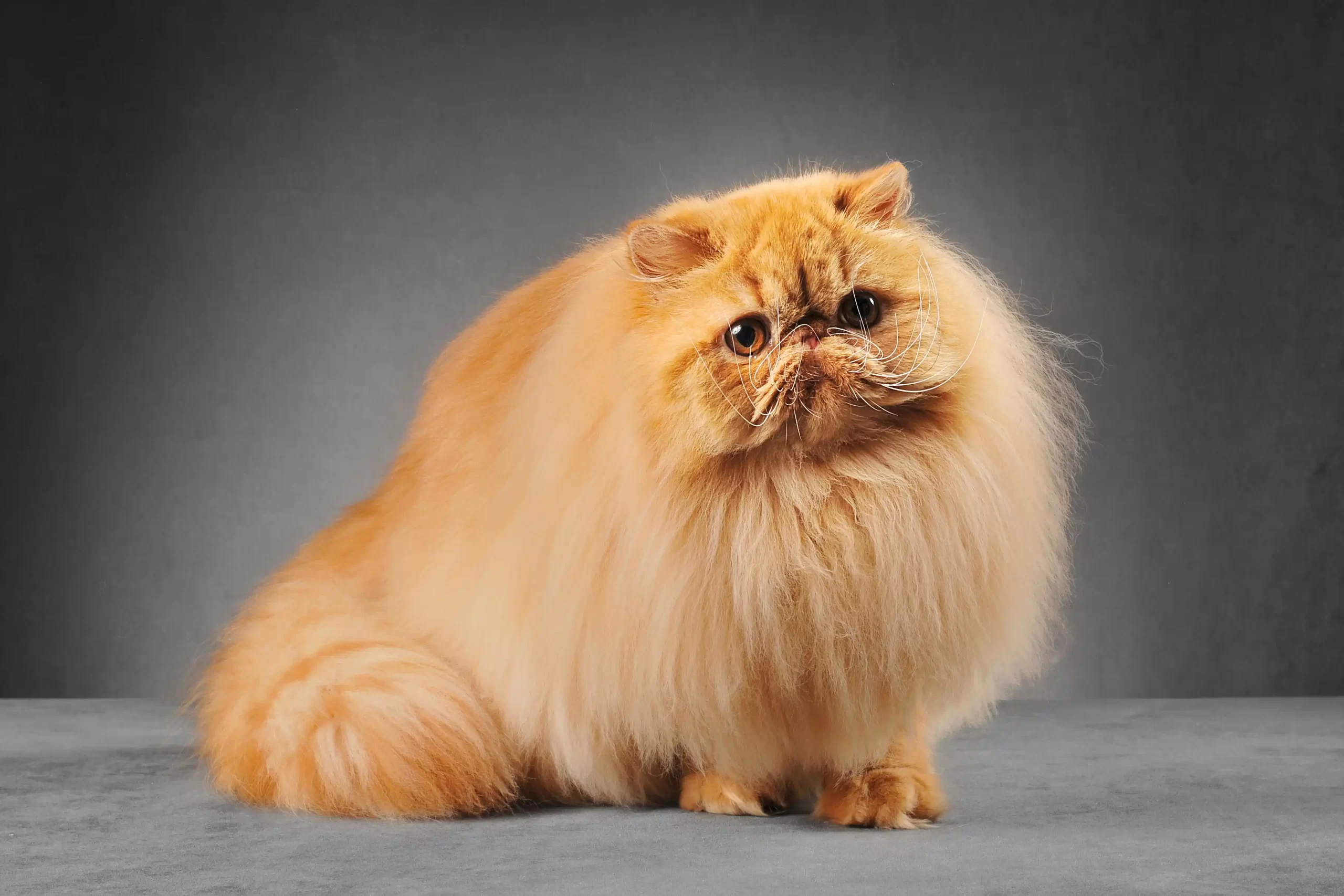Have you ever wondered about the role of genetics in Persian cat breeding? It’s fascinating to think about how certain traits and characteristics are passed down from one generation to the next. In this article, we’ll dive into the world of Persian cat genetics and explore how breeders use their knowledge of genetics to create and improve this beloved breed. You’ll learn about the different coat colors and patterns that can be found in Persian cats, and how these are determined by complex genetic factors. We’ll also discuss the importance of genetic testing and responsible breeding practices to ensure the health and well-being of these beautiful cats. So, if you’ve ever been curious about the science behind Persian cat breeding, keep reading – you’re in for a treat!
In the world of Persian cat breeding, genetics play a crucial role in determining the characteristics of these stunning felines. From their luxurious coats to their distinctive facial features, every aspect of a Persian cat’s appearance is influenced by their genetic makeup. Breeders carefully select cats with desirable traits and breed them together in the hopes of producing kittens that inherit those traits. It’s like a genetic puzzle, with breeders striving to create cats that not only meet the breed standards but also have good health and temperament. Genetic testing is an important tool in the breeding process, helping breeders identify potential health issues and make informed decisions about mating pairs. By understanding the role of genetics, breeders can work towards improving the breed and ensuring that Persian cats continue to be cherished companions for years to come. So, if you’re interested in delving deeper into the world of Persian cat genetics, stay tuned for more information in our upcoming articles.
The Role of Genetics in Persian Cat Breeding

The Basics of Genetics
Genetics is the study of genes and how they are passed from one generation to another. Genes are segments of DNA that contain the instructions for specific traits. Each gene can have different forms called alleles. In the case of Persian cats, genetics plays a crucial role in determining their characteristics and physical appearance.
Inheritance Patterns
When it comes to inheritance, there are different patterns that genes can follow. One of the most common patterns is autosomal dominant inheritance, where a single copy of the dominant allele is enough to express the trait. On the other hand, autosomal recessive inheritance requires two copies of the recessive allele for the trait to be expressed. There is also sex-linked inheritance, which is determined by genes on the sex chromosomes.
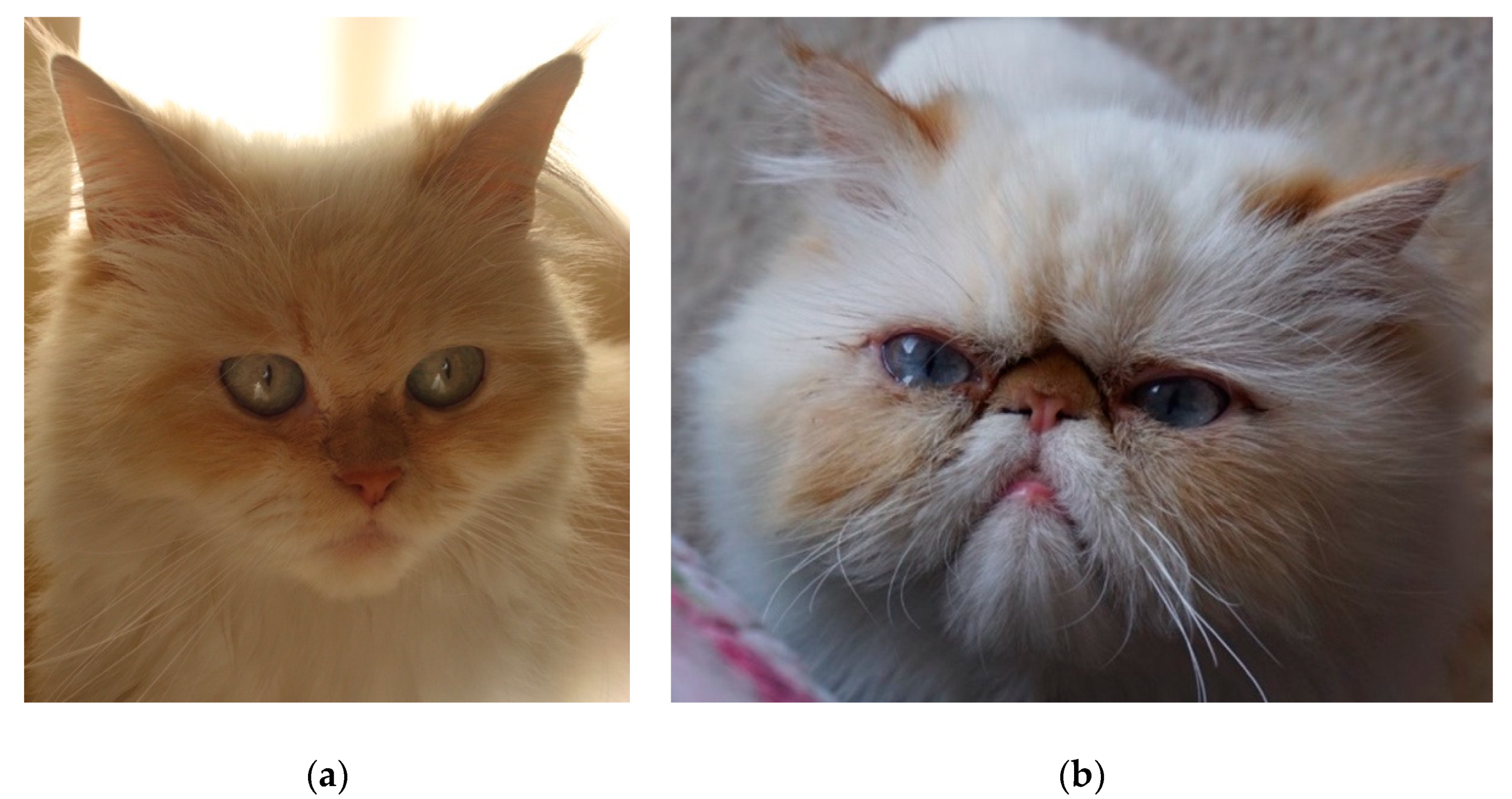
Genetic Disorders
Genetic disorders are conditions caused by mutations or alterations in genes. Persian cats are prone to certain genetic disorders, which can affect their health and well-being. Some of the common genetic disorders in Persian cats include Polycystic Kidney Disease (PKD), Hypertrophic Cardiomyopathy (HCM), and Progressive Retinal Atrophy (PRA). It is important for Persian cat breeders to be aware of these disorders and take appropriate measures to prevent their occurrence.
Selective Breeding
Selective breeding is a breeding strategy in which individuals with desired traits are selected and bred together to produce offspring with those traits. In the case of Persian cats, selective breeding plays a significant role in maintaining breed standards and achieving specific traits such as a long, luxurious coat and a distinctive facial structure. However, it is important for breeders to prioritize the health and well-being of the cats and avoid excessive inbreeding, which can lead to genetic problems.
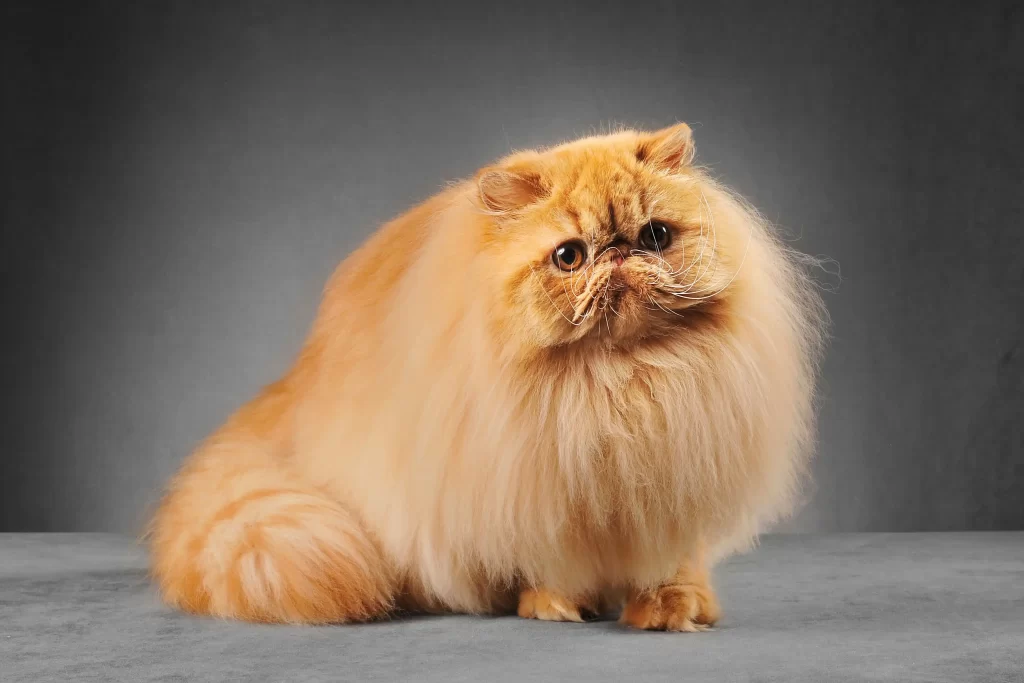
Health Testing and Screening
To ensure the health and well-being of Persian cats, it is crucial to conduct health testing and screening. Health testing involves screening for specific genetic disorders that are known to affect the breed. Some of the common health tests for Persian cats include DNA testing for PKD and HCM, as well as regular screenings for other conditions. By identifying cats that are carriers of genetic disorders, breeders can make informed decisions regarding their breeding programs and prevent the spread of these disorders.
Genetic Variation in Persian Cats
Genetic variation refers to the differences that exist between individuals within a species. In Persian cats, genetic variation plays a role in determining the diversity of traits and characteristics within the breed. Genetic markers can be used to detect and analyze genetic variation, providing valuable insights into the genetic makeup of Persian cats. By understanding the genetic variation in the breed, breeders can make informed decisions to maintain and enhance the overall health and diversity of Persian cats.
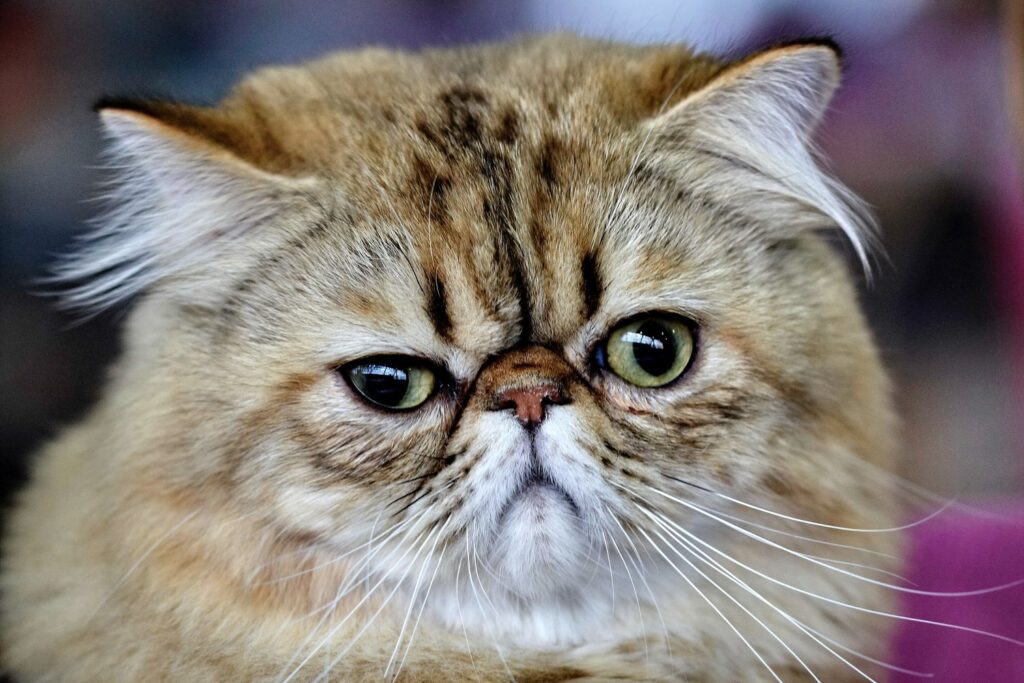
Genetic Manipulation in Persian Cat Breeding
Genetic manipulation refers to the use of biotechnology techniques to alter the genetic makeup of organisms. In Persian cat breeding, genetic manipulation is not commonly practiced. However, technologies such as recombinant DNA technology and cloning have the potential to be used in the future. It is important to consider the ethical implications and welfare of the cats before implementing such technologies in breeding programs.
Ethical Considerations in Persian Cat Breeding
Ethical considerations are essential when it comes to breeding Persian cats. Animal welfare should always be a top priority, and breeders should ensure that their breeding practices are in line with ethical guidelines and regulations. This includes providing proper care, socialization, and veterinary attention for the cats. Additionally, breeders should be transparent and honest about the genetic risks associated with the breed and educate potential owners about responsible ownership and breeding.
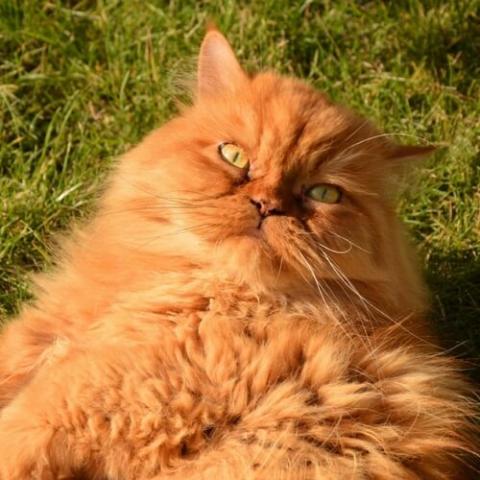
The Future of Persian Cat Breeding
The future of Persian cat breeding holds exciting possibilities. Advancements in genetic research can provide valuable insights into the genetic makeup of Persian cats and help identify and prevent genetic disorders. Genetic tools and technologies can aid breeders in making informed decisions and maintaining genetic diversity within the breed. However, responsible breeding practices and ethical considerations should always be at the forefront to ensure the health and well-being of the cats.
Efforts for Genetic Diversity Preservation
Genetic diversity is crucial for the long-term survival and health of any species, including Persian cats. Conservation breeding programs aim to preserve the genetic diversity of endangered breeds by carefully managing breeding populations and avoiding excessive inbreeding. Outcrossing, which involves breeding cats from different breeds or lineages, can also help introduce new genetic material and increase diversity within the breed. Preservation of genetic diversity should be a priority for Persian cat breeders to ensure the overall health and resilience of the breed.
Educating Breeders and Owners
Education plays a vital role in promoting responsible breeding and ownership of Persian cats. Breeders should have a solid understanding of genetics and the potential health risks associated with the breed. Genetics education can help them make informed decisions and take appropriate measures to prevent or mitigate genetic disorders. Similarly, owners should be educated about the genetic risks and potential health issues that may arise in Persian cats. By promoting responsible breeding and ownership practices, the overall health and welfare of Persian cats can be improved.
Ethnicity and Genetics in Persian Cats
The history of Persian cats is deeply intertwined with their genetics. Persian cats are believed to have originated in ancient Persia (present-day Iran) and have been influenced by various genetic backgrounds. Over time, different regions and breeds have contributed to the genetic diversity of Persian cats. Understanding the genetic influences from different regions can provide valuable insights into the unique characteristics and traits of Persian cats.
Conclusion
Genetics plays a crucial role in Persian cat breeding, influencing their physical characteristics, health, and overall well-being. It is important for breeders to prioritize the health and genetic diversity of the breed and practice responsible breeding. By understanding the basics of genetics, inheritance patterns, and genetic disorders, breeders can make informed decisions and work towards maintaining a healthy and diverse population of Persian cats. Additionally, educating breeders and owners about genetics and responsible breeding practices can contribute to the overall welfare of Persian cats.
Questions and Answers:
- What are some common genetic disorders in Persian cats?
- Polycystic Kidney Disease (PKD)
- Hypertrophic Cardiomyopathy (HCM)
- Progressive Retinal Atrophy (PRA)
-
How does selective breeding work in Persian cat breeding? Selective breeding involves choosing individuals with desired traits and breeding them together to produce offspring with those traits. This helps maintain breed standards and achieve specific characteristics such as a long coat and a distinctive facial structure in Persian cats.
-
Why is health testing important in Persian cat breeding? Health testing helps identify genetic disorders that can affect the health and welfare of Persian cats. By conducting tests and screenings, breeders can make informed decisions regarding their breeding programs and prevent the spread of these disorders.
-
What is genetic variation in Persian cats? Genetic variation refers to the differences that exist between individuals within a species. In Persian cats, genetic variation determines the diversity of traits and characteristics within the breed.
-
What are some ethical considerations in Persian cat breeding? Ethical considerations include prioritizing animal welfare, ensuring proper care and attention for the cats, and being transparent about the genetic risks associated with the breed. Breeders should also educate potential owners about responsible ownership and breeding practices.
-
How can genetic diversity be preserved in Persian cats? Efforts for genetic diversity preservation include conservation breeding programs, which carefully manage breeding populations to avoid excessive inbreeding. Outcrossing, breeding cats from different breeds or lineages, can also increase genetic diversity in the breed.
-
Why is education important for breeders and owners? Education helps breeders make informed decisions and take appropriate measures to prevent or mitigate genetic disorders. It also helps owners understand the genetic risks and potential health issues that Persian cats may face.
-
What is the history of Persian cats? Persian cats are believed to have originated in ancient Persia (present-day Iran). Over time, they have been influenced by various genetic backgrounds from different regions and breeds.
-
What is the future of Persian cat breeding? The future of Persian cat breeding involves advancements in genetic research, genetic tools and technologies, and a focus on responsible breeding practices. The overall health and well-being of Persian cats will continue to be a top priority.
-
How does genetics affect the traits of Persian cats? Genetics determines the traits and characteristics of Persian cats, such as their coat length, color, and facial structure. Different genes and alleles contribute to these traits, following specific inheritance patterns.
